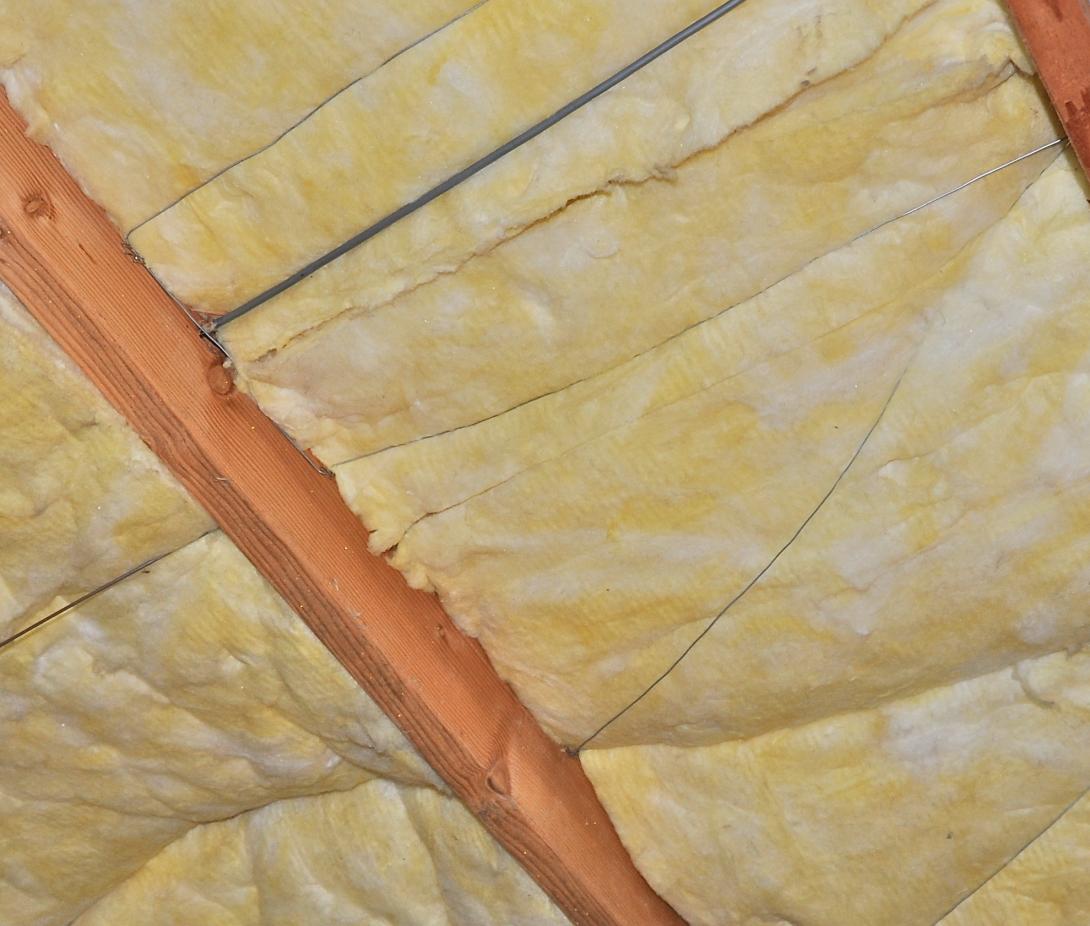
Exterior Finish
Building Envelope Building Science Intro Heat Flow
How does heat transfer/flow and potential vapor apply to a home’s building envelope?
- Moisture or water vapor moves in and out of a home in a variety of ways including air movement and heat flow/transfer, which happens because of conduction, convection, and/or radiation.
- Many installers incorrectly apply insulation over large, undesigned holes in a home rather than fastening the insulation directly against the air barrier (gypsum board, flooring, etc.), which creates an air space where convection currents may form and then rise through the insulation into the unconditioned space above.
- The higher the R-value, the more slowly heat flows through the material. Heat loss calculations generally assume that the performance of each material is equal to its given R-value, but there are often voids, gaps, and compression factors to consider, and those change the actual R-value of the insulation.
- Pressure imbalances cause air to cross the insulation, reducing the installed R-value. Additional imbalances are caused by exhaust devices, duct leakage, and interior door closures in houses using central air return.
Air naturally moves from high-pressure areas to lower-pressure areas via the simplest path, usually through a hole or crack in the building envelope. Heat transfer and flow—and subsequent processes like condensation—affect the health, safety, and comfort of a home’s inhabitants as well as its energy efficiency and durability. Heat loss equals decreased energy efficiency. Insulation and vapor barriers help reduce heat transfer or flow and address potential for mold, decreased IAQ, etc.
Insulation prevents heat transfer/flow by trapping pockets of air. When applied properly, they do an excellent job of preventing heat from passing through a building’s walls, ceilings, and floors.
Except in deliberately ventilated spaces like attics, insulation and vapor diffusion retarders work together to reduce the potential for condensation in a house’s ceilings, walls, and floors. Improper installation of insulation materials like these, however, can significantly reduce their effectiveness.
That’s why professional, experienced insulation installers need to address gaps, voids, insulation compression, and misalignment between the insulation and the additional barriers.